#features
Rare Rides Icons: The Lincoln Mark Series Cars, Feeling Continental (Part XXXVIII)
After a review of the Lincoln Continental Mark VII’s completely revamped and modernized styling in our last entry, we’ll spend this today on its interior. As Lincoln attempted to draw a new, more youthful well-heeled customer base to the Mark, the PLC traditionalist of yore faded away. And said youthful customer - usually with an eye on European cars - was less interested in acres of faux wood panel, ruched velour, traditional instruments, and overstuffed button-tufted interiors.
Rare Rides Icons: The Lincoln Mark Series Cars, Feeling Continental (Part XXXVII)
As we learned in our last entry, the new for ‘84 Lincoln Continental Mark VII headed in a different direction than any of its PLC predecessors. It was smaller and lighter than even the downsized Mark VI that came before it and rode on the newer Fox platform shared by the Mustang, Thunderbird, Cougar, and indeed the Continental sedan. The Mark’s Eighties evolution was a necessary measure as European luxury competition came in hot, and the disco-traditionalist type PLC customer of the past was no more. Lincoln’s designers had a tall order in the earliest days of the Eighties: Maintain the Mark’s identity generally as a Lincoln and a luxury coupe, and move its looks beyond everything prior to 1984.
Rare Rides Icons: The Lincoln Mark Series Cars, Feeling Continental (Part XXXVI)
When Lincoln’s new Continental Mark VII arrived for the 1984 model year, the sleek new coupe offered immediate relief from the tired (and lousy) Panther platform Mark VI that languished at dealers between 1980 and 1983. The move to the Fox platform with the likes of the Thunderbird and Cougar was accompanied by a big step forward in drivability, technology, and general modernization for the Mark. Finally!
Rare Rides Icons: The Lincoln Mark Series Cars, Feeling Continental (Part XXXV)
It didn’t take very long for the chilly reception of the downsized and Panther-based Mark VI to reach Ford HQ in Dearborn. Despite the seductive and elegant four-door Mark VI’s presence, sales were nowhere near those of the outgoing Mark V. Things continued on their downhill trend for the model’s four-year duration. It was time for an all-new take on the PLC from Lincoln.
TTAC Rewind: Driving While Canadian
It's Sunday rewind time again, and today's TTAC Rewind takes back a couple of years to that time when Steph detailed the bizarre case of a Canadian woman who ended up in a Georgia (the state not the country) jail for the crime of ... being Canadian.
Rare Rides Icons: The Lincoln Mark Series Cars, Feeling Continental (Part XXXIV)
In today’s Lincoln Mark coverage, we reach the conclusion of the ill-fated and unpopular Mark VI. Though the Mark of 1980 to 1983 was arguably the least interesting entry in the model’s history and the one with the least amount of effort put into it, Lincoln still charged a pretty penny for its PLC. But the market was changing, and so was Lincoln’s lineup.
TTAC Rewind: Recapping the Life and Death of the Chevrolet Volt
Good evening. TTAC rewind is a bit late today due to your humble author being on the road again.
Anyway, I was talking to a few other journalists this week about the Chevrolet Volt and my contention that while it had its faults -- a bit overpriced, the lack of a middle seat in the rear -- the car was generally pretty good, and its extended-range electric powertrain setup could've been revolutionary for electrification, but GM simply didn't market it strongly enough.
Rare Rides Icons: The Lincoln Mark Series Cars, Feeling Continental (Part XXXIII)
We continue our Rare Rides coverage of the unfortunate Lincoln Continental Mark VI today, and take a deep dive into its cobbled-together and frequently shuffled trims, the Designer Series in particular. In a last-of moment, the Mark VI quickly lost the exclusivity it once carried as Lincoln’s purveyor of fine designer styling.
Rare Rides Icons: The Lincoln Mark Series Cars, Feeling Continental (Part XXXII)
We return to our Lincoln Mark series today, and the newly Panther-tized Mark VI coupe and sedan. We’ve already examined the exterior differences between Marks V and VI, as Lincoln designers attempted to replicate the successful looks of their late Seventies PLC with much less length and width available. Design freedom was additionally hampered by new platform sharing with the 1980 Continental, for which the Mark VI basically served as a top trim. Today we’ll check out the Mark’s newly modernized interior.
Rare Rides Icons: The Lincoln Mark Series Cars, Feeling Continental (Part XXXI)
During the mid-Seventies, the design team at Lincoln had a tall order in regard to the upcoming 1980 Mark VI. The all-new coupe would need to continue the PLC styling tradition of the Mark III, IV, and V, the former of which dated back to 1968. But for the first time, Mark’s "large and in charge" styling would be applied to a much smaller car. For an added challenge, Lincoln’s brass decided the Mark’s ethos needed conversion onto a sedan. Let’s see how it went.
Rare Rides Icons: The Lincoln Mark Series Cars, Feeling Continental (Part XXX)
It’s our 30th installment in the Lincoln Mark series, and we’re at a low point. As mentioned last time a confluence of different factors forced downsizing across the American car landscape. Money-saving tactics from the accountants at Ford meant the new, “improved,” and much smaller Mark VI wore almost identical styling to its lesser Continental sibling (a first). Both cars even shared a platform, with Mark VI offered in required two- and unexpected four-door guises.
Rare Rides Icons: The Lincoln Mark Series Cars, Feeling Continental (Part XXIX)
The successes the Lincoln Continental Mark series achieved with its triumphant return as the Mark III personal luxury coupe of 1969 ensured the Mark IV of 1972 was also a success. And when the Mark V debuted on its own (reused Thunderbird) platform in 1977, it brought the Mark name to a pinnacle of sales. Laden with trim, designer editions, and special commemorative super lux limited-run cars, it was a last-of moment: Lincoln was still selling true full-size cars while the rest of Detroit had already downsized. But the clock ran out on the enormous domestic luxury boat in 1979, and Lincoln needed a do-over for 1980. Enter a big misstep, the Mark VI.
Rare Rides Icons: The Lincoln Mark Series Cars, Feeling Continental (Part XXVIII)
For our 28th entry in the Lincoln Mark series retrospective, we arrive at a momentous and sad occasion: the end of the traditional full-size Mark V. In 1979, fuel economy concerns of consumers and government meddling in the form of emissions standards were layered onto a car market that contained ever-increasing numbers of economical, reliable Japanese imports. Other Detroit automakers threw up the white flag by 1977 and introduced smaller full-sized cars, but Ford held on to the bitter end. And for its three-year run, the Mark V sold very well, both as Lincoln’s most prestigious car and a full-size holdout at a time when many Americans really didn’t want to buy a smaller car.
Rare Rides Icons: The Lincoln Mark Series Cars, Feeling Continental (Part XXVII)
Making our way through the trim-laden legacy of the Lincoln Continental Mark V has consumed all of our attention over the past few weeks. After spending some time on the mid-tier Luxury Group packages of 1977 to 1979, we pored over the Designer Series editions of 1977 and 1978. The latter of those two years was Ford’s 75th anniversary and saw the launch of the super expensive Diamond Jubilee package to celebrate. For the Mark V’s outgoing year in 1979, the Designer Series cars returned, and Lincoln reworked the Diamond Jubilee package into the Collector’s Series. It’s time to have one final Mark V trim talk.
Rare Rides Icons: The Lincoln Mark Series Cars, Feeling Continental (Part XXVI)
We return with more Continental Mark V Designer Series goodness today, in our second of three consecutive installments on said topic. Last time we took a look at the resplendent luxury of the 1977 Designer Series trims in their respective Bill Blass, Cartier, Givenchy, and Pucci colorways. An immediate hit with consumers who were in desperate need of luxury gingerbread, the Designer Series trims were reworked in 1978 in the name of visual differentiation. There was also a very special and expensive Mark V commemorative edition in honor of Ford’s 75th anniversary.



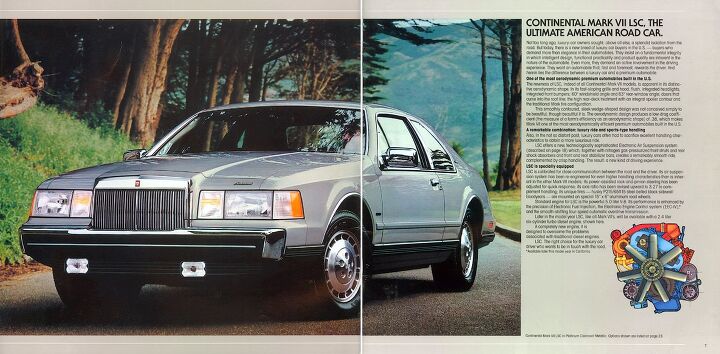
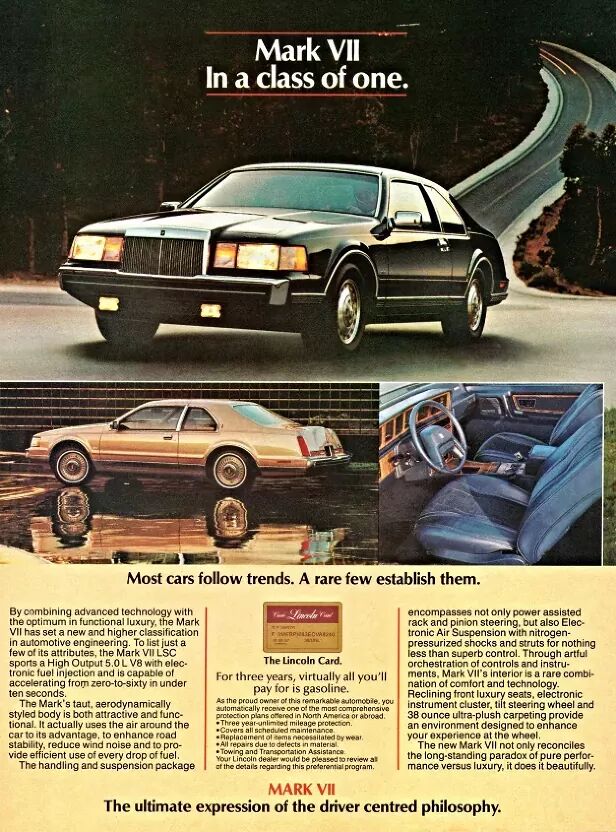

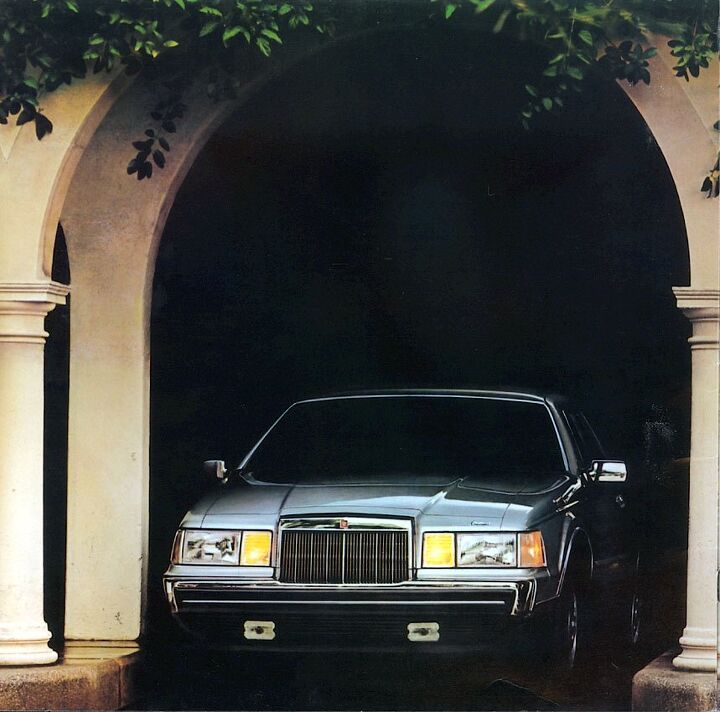


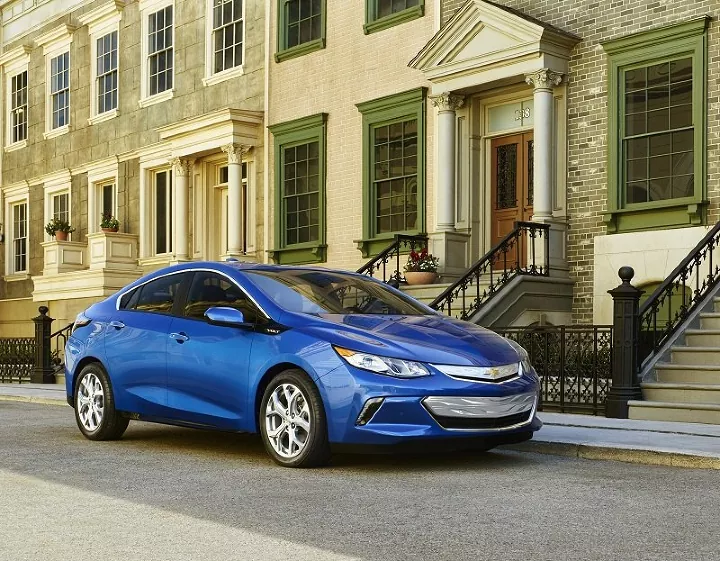
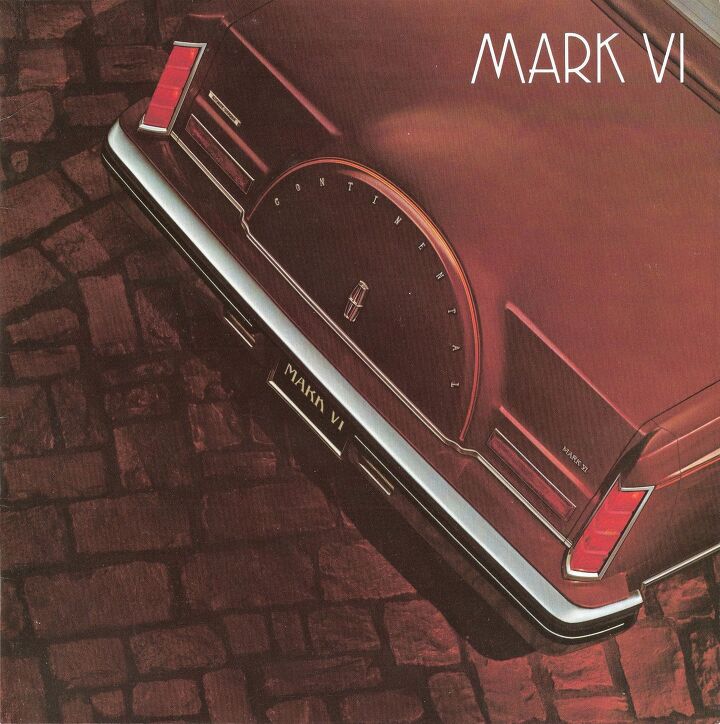

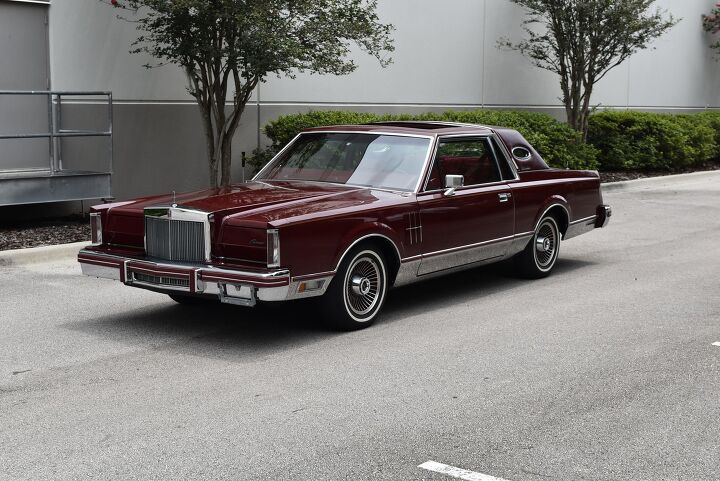
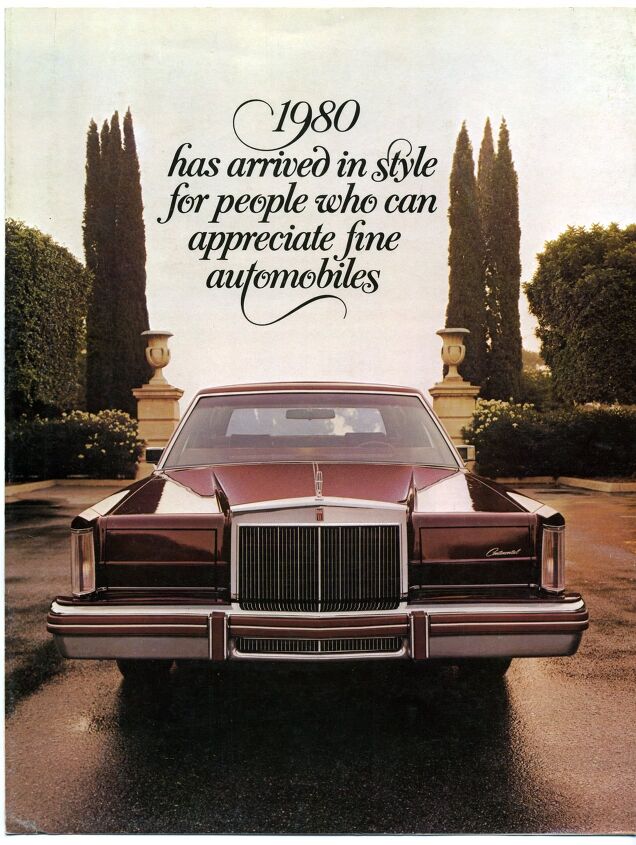



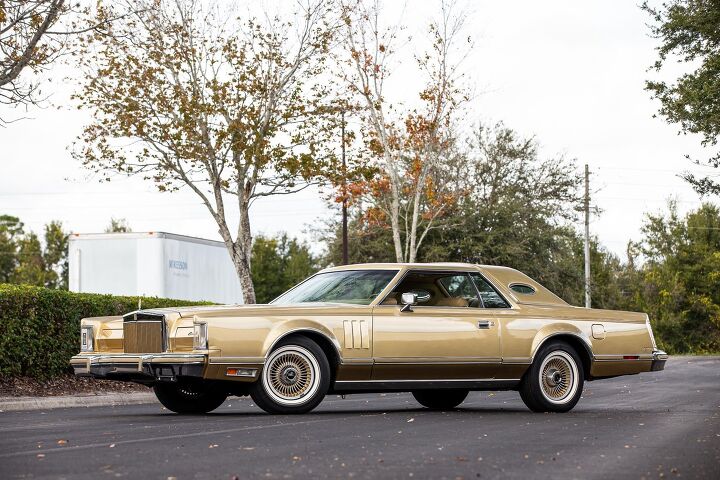












Recent Comments